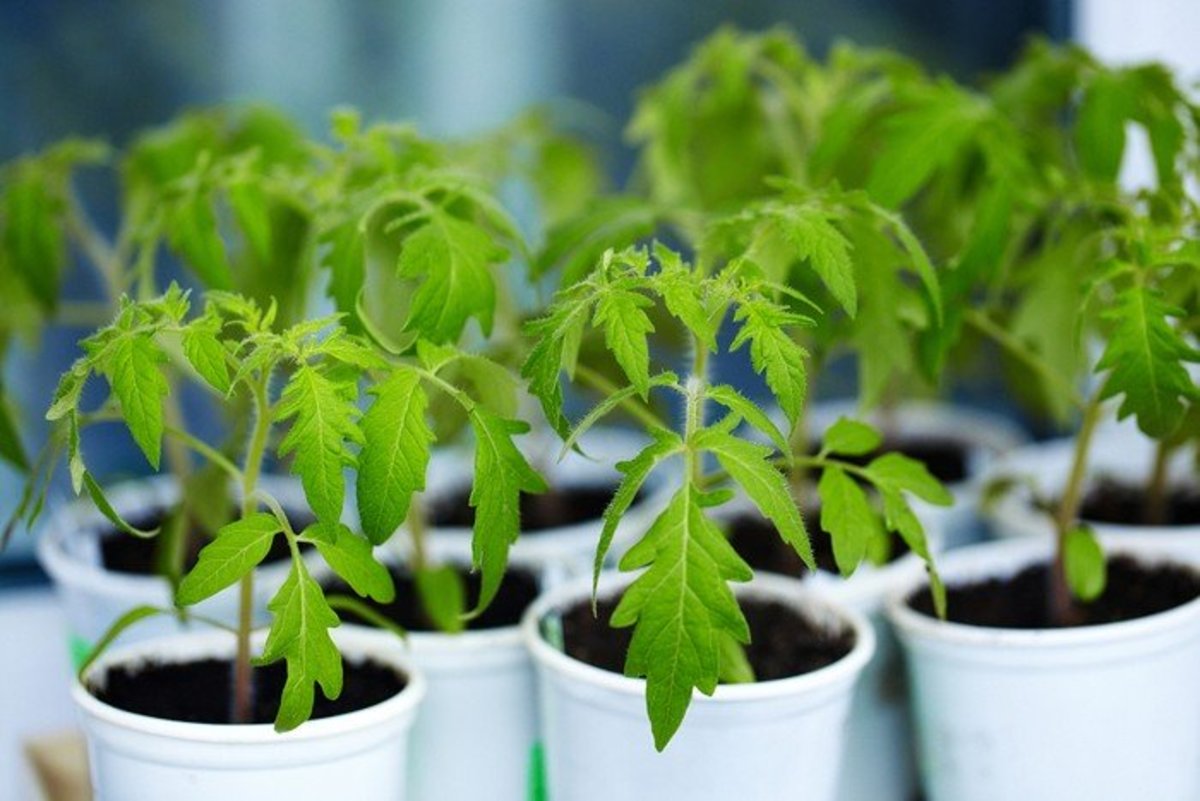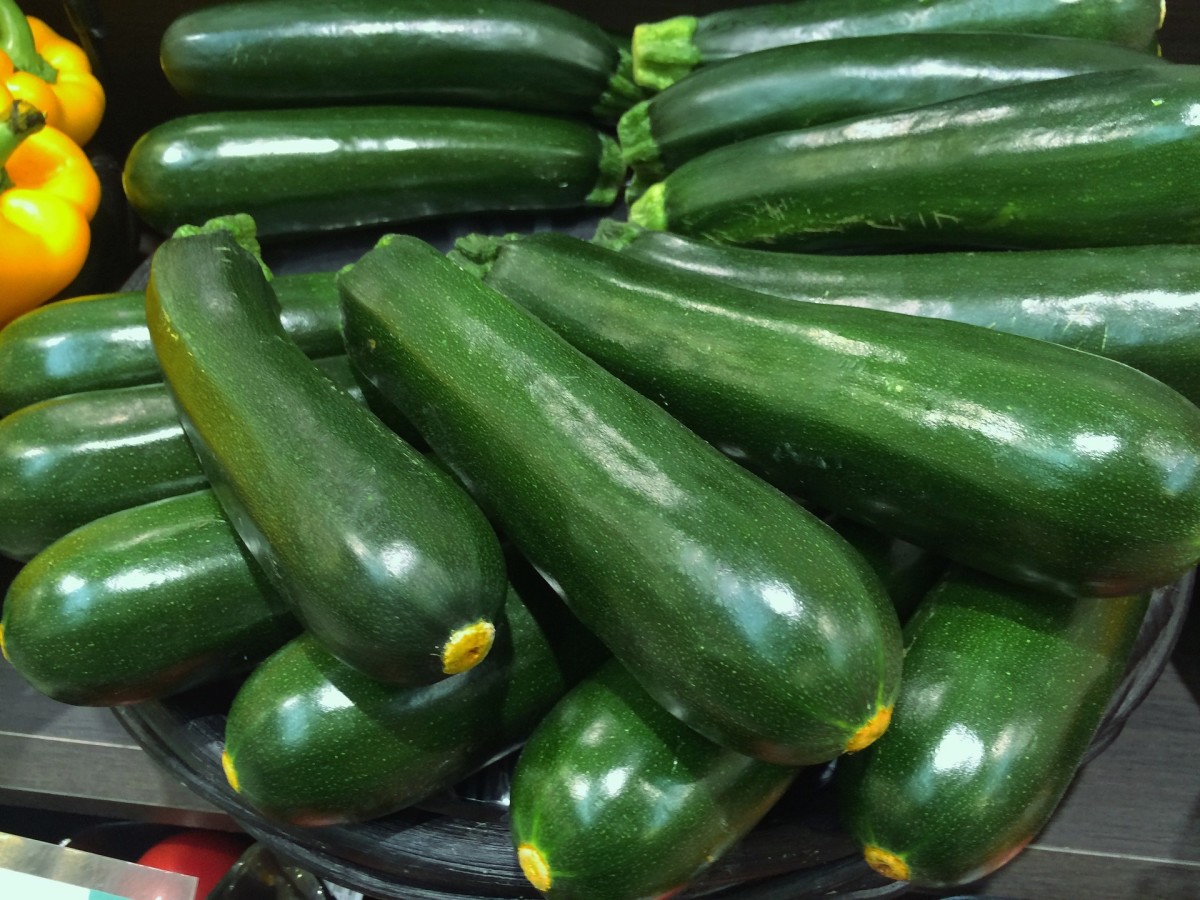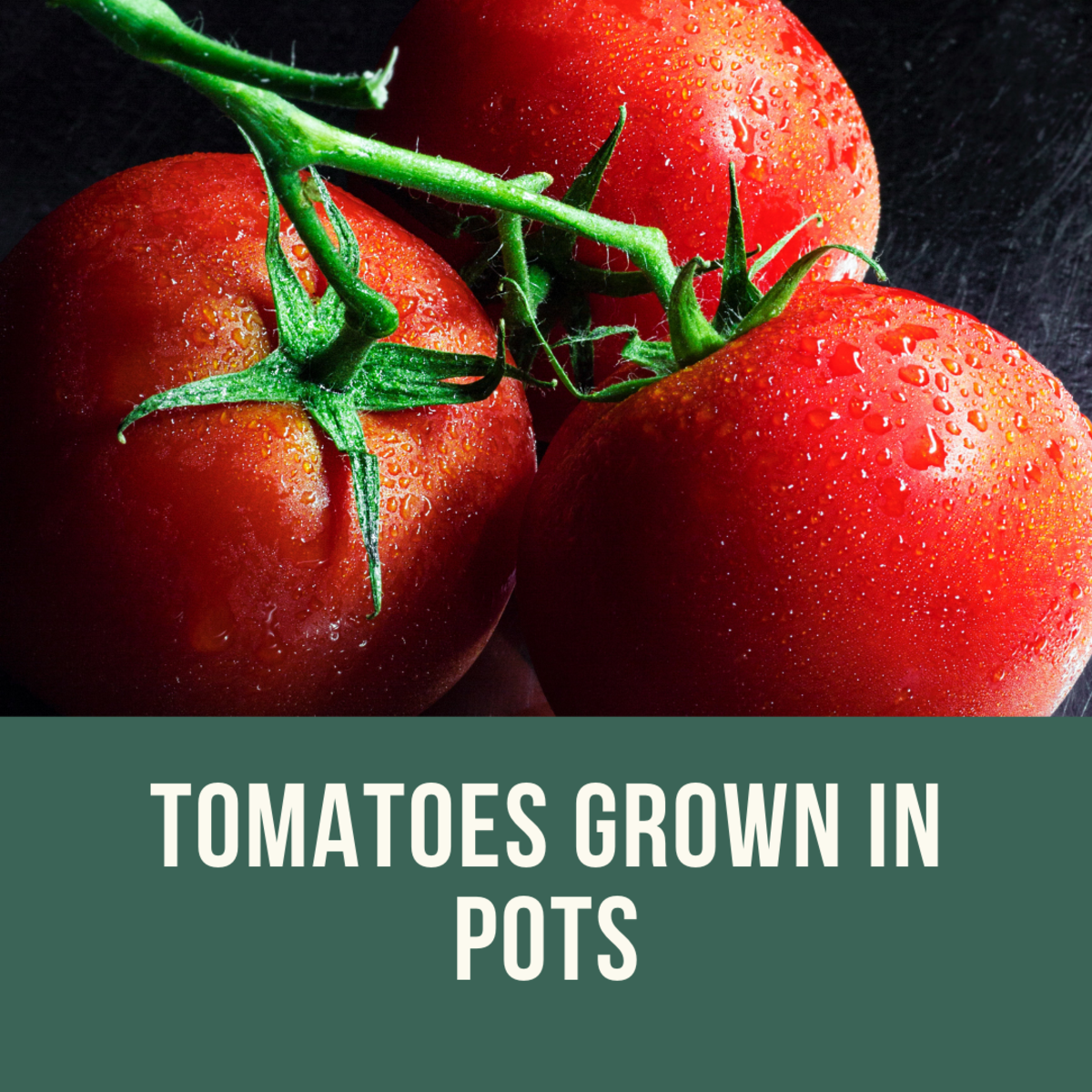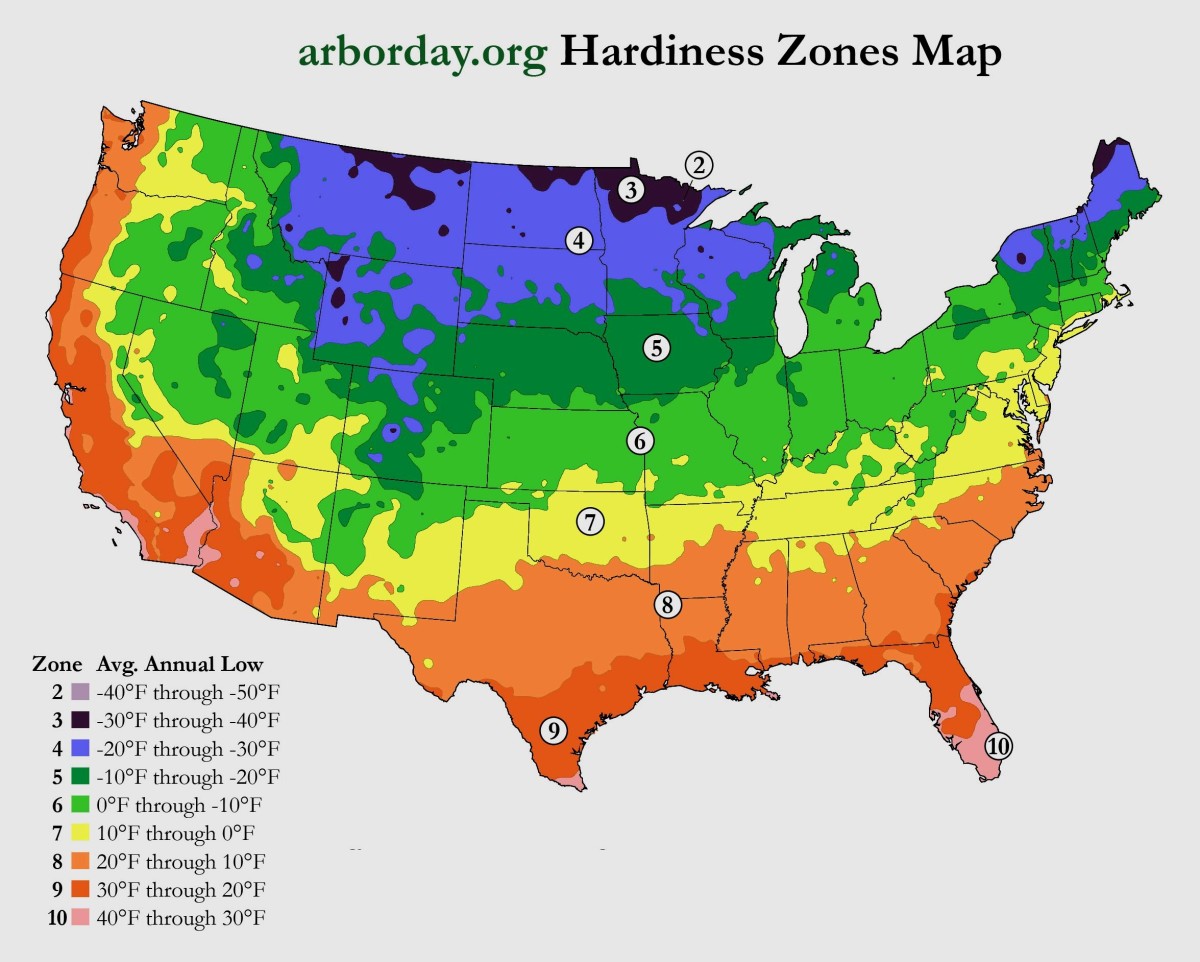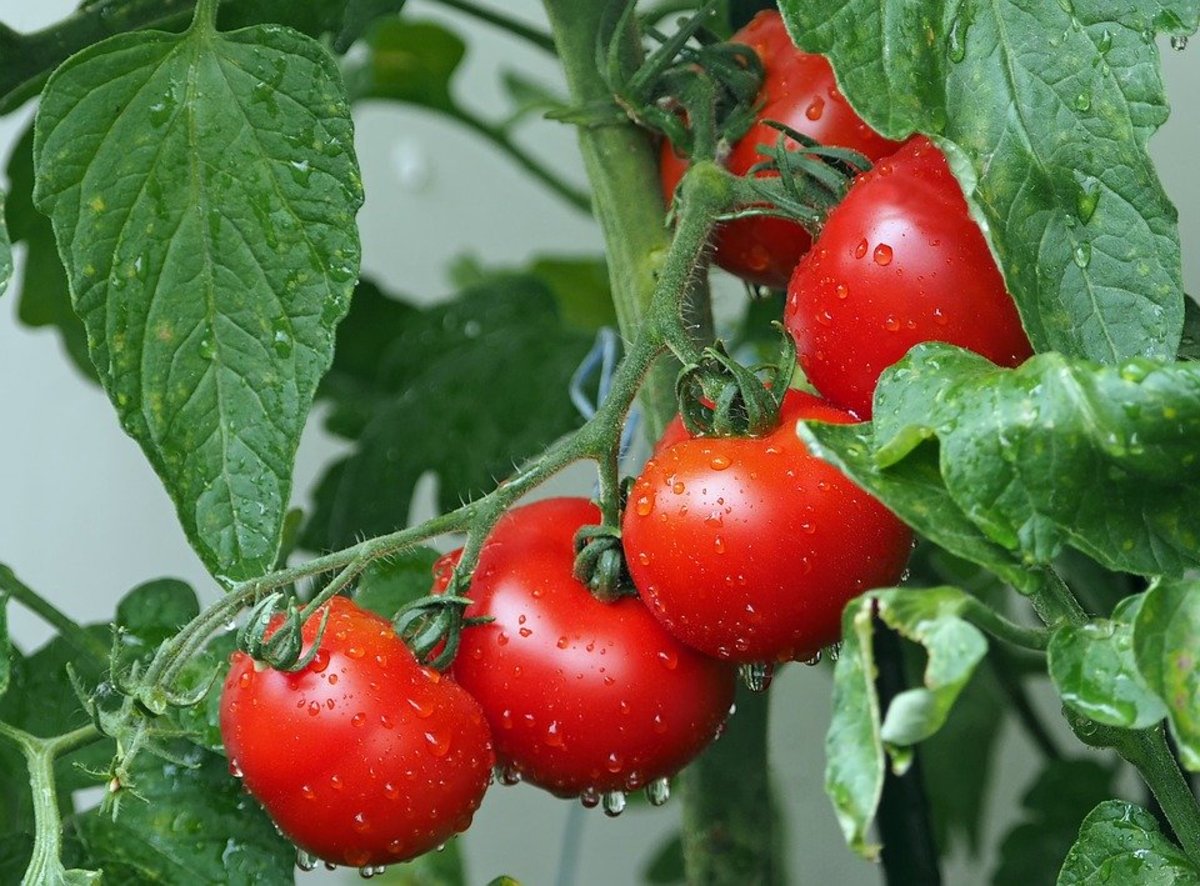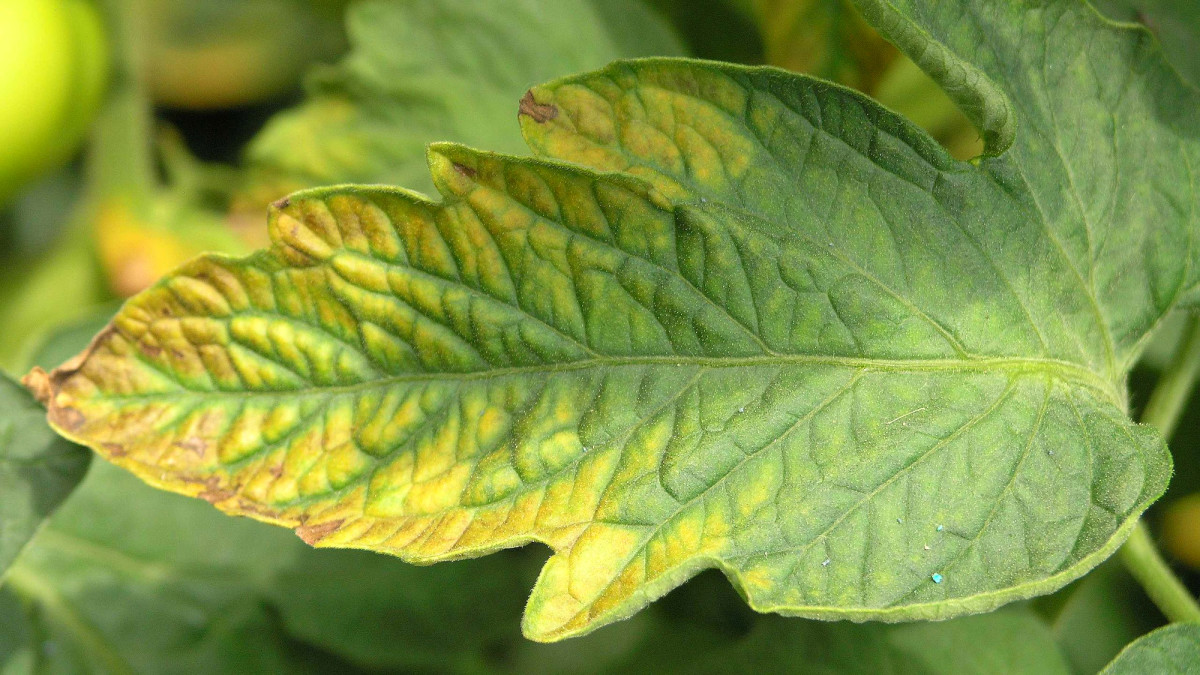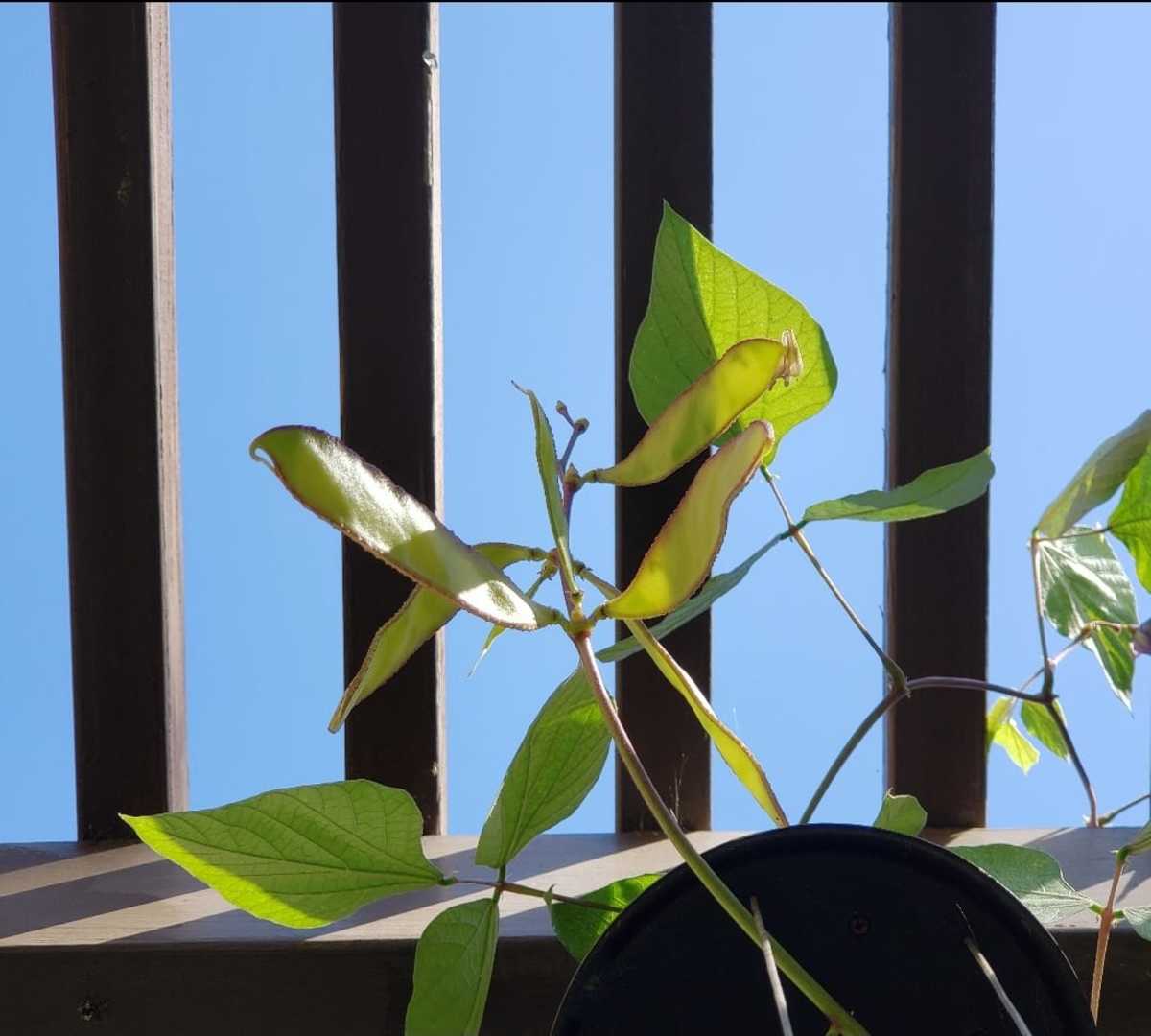Transplanting Seedlings - Garden Journal part 2
Chamomile Seedlings
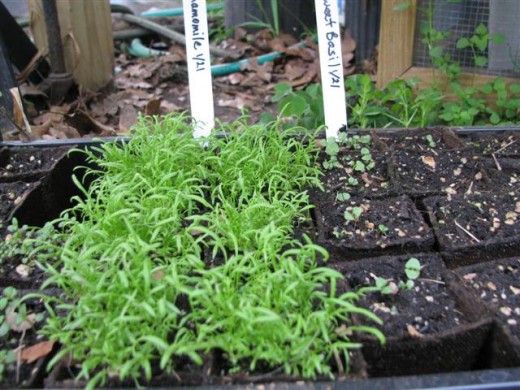
Seedlings are ready to transplant
The weather is warmer and some of our seedlings have grown large enough to transplant. Depending on how thick you planted your seeds and what the vegetable or herbs are will determine whether you divide the seedlings and plant them in larger pots or if you plant them right into the garden (after hardening them off).
I'll give you both approaches and also how to harden your precious baby vegetables and herbs off so that they will do well in the garden.
Some seeds like squash, cucumbers and beans are fast growing and don't need to be started indoors here in the southern United States. These can be sowed directly into rich garden soil when the soil temperature is above 40 degrees F.
What You Grow Poll
Do you grow fruit, vegetables or herbs? I grow...
Lettuce Mesclun Ready for Transplanting
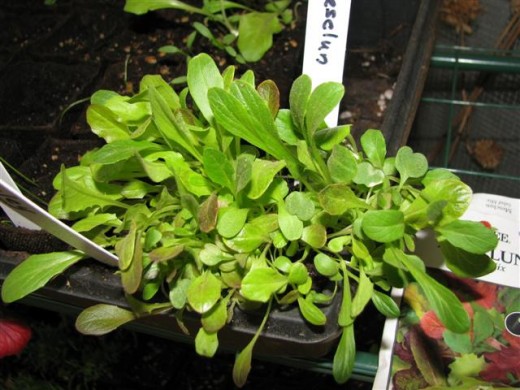
Transplanted to the Garden
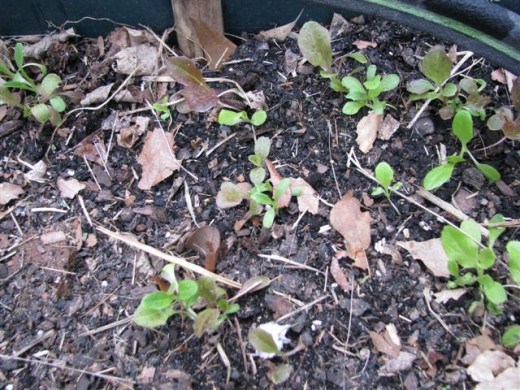
Plant Tags to Label Seedlings
Dividing Seedlings
Once the seedlings develop at least 2 sets of leaves, it is safe to divide or transplant them. With lettuce and some herbs, you can fill the pot with seeds, and then divide them and replant into other pots or into the garden.
When the original pot is filled with little plants, I either gently break the root ball apart or, if they aren't too crowded, use an old teaspoon to scoop out small portions for replanting. You must work gently and be sure to not handle the stems of the plants. Use one of the leaves to carefully pick up the little plants.
Have pots of good soil or the garden bed prepared ahead of time and make a small indentation in the soil where you want the plants to go. Place the plant roots in the indentation and gently add soil around them. The soil line should be even with the crown of the plant, just like they were growing before you moved them. Water well.
Transplanting Herbs to Larger Pots Video
Dividing Peppers and Tomatoes
I usually plant at least 3 seeds in each pot and on many occasions all three will come up. When I plant the seeds, I try to spread them out in the pot.
I hate to loose any seedlings, especially those of an heirloom variety. By spreading the seeds out in the pot, I can gently lift out one of the extra ones with an old spoon and transplant it to another pot. It is best to wait until the seedlings are just beginning to develop their true leaves to do this.
The other option is to let them get up to a good size and clip off the smaller one. However, I often, leave them both and transplant them to the garden. I figure I'm hedging my bet a little, in case something happens to one of them.
The seedlings that you save can be shared with family and friends. Starting your own seedlings is an economical way to garden.
3 Marconi Pepper Seedlings in a Pot
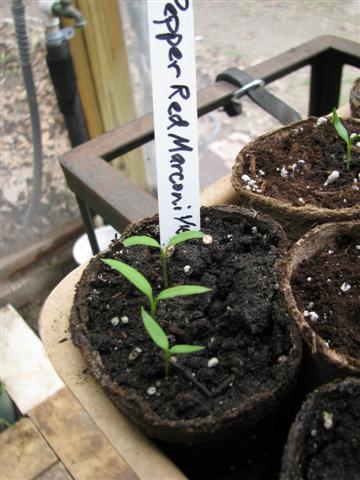
Scoop out the extra seedling

Prepare New Pot
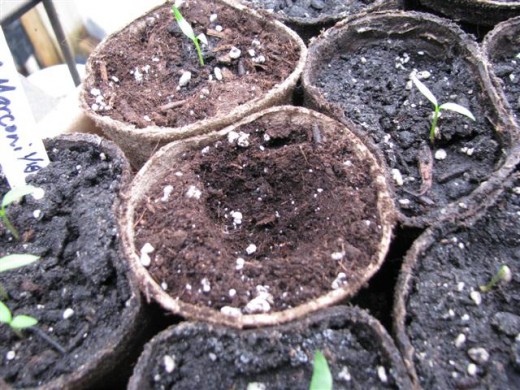
Moving the Seedling
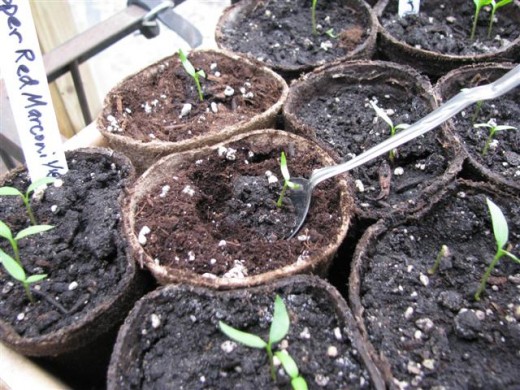
Transplanting to the Garden Video
Some Seedlings are Ready to Transplant
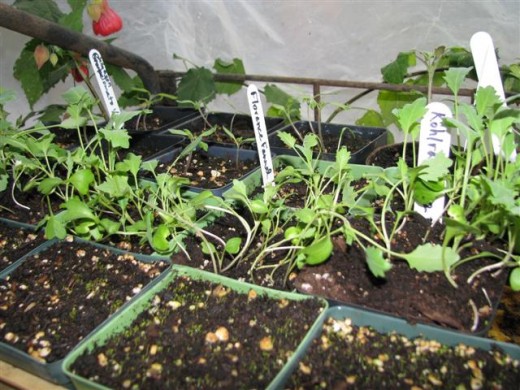
Hardening Off Seedlings
When the weather is warm enough (above 50 degrees F), you should bring the trays of plants outside for a couple of hours each day. At first, put them in partial, morning sun, then gradually move them into more morning sun and extend the time. Be sure that they are well watered.
If the weather turns cold or stormy, you must bring them back in. The tender seedlings will be crushed by heavy rains and will be damaged by frost. Once good weather returns, bring them back out.
In a couple of weeks, if the weather is warm enough, the plants can be transplanted to the garden.
Transplanting to the Garden
When the seedlings are big enough and hardened off, it is time to plant them in the garden. The garden soil should be moist, but not muddy. When you squash a handful of soil, if it stays in a clump, then it is probably too wet to plant.
The garden soil should be worked and weeded prior to planting. Measure out the spacing of the plants and allow room for growth between rows.
Make a hole where each plant is to go, a little deeper than the pot. Pour about half a cup of manure or compost (or just plain water) into the hole. Place the peat pot in so that all of the pot is covered by the soil. Pat the soil down lightly and form a small dam in a circle around each plant. This will channel the water to the plant. Water well.
Tomato plants should be planted so that most of the stem is covered and only about 1/3 of the plant is above the soil. This will promote root growth all along the stem and will make a stronger plant.
Burpless Cucumber
Zucchini Seedlings in Garden
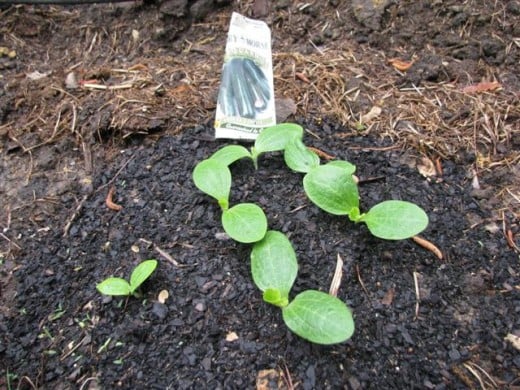
Direct Sowing Seeds in the Garden
Many vegetables and herbs can be sown directly into the garden. All you have to do is follow the planting instructions on the back of the seed package. Most have a map showing the planting time for your area. You should also find the planting depth and the spacing of the seeds.
Some of my favorites include Summer, Zucchini and Butternut Squash, Pumpkin, Burpless Cucumbers, Lettuce, Beans, Peas, Radishes, Turnips, Carrots, Beets, Corn and Okra.
Tomatoes Started from Seed
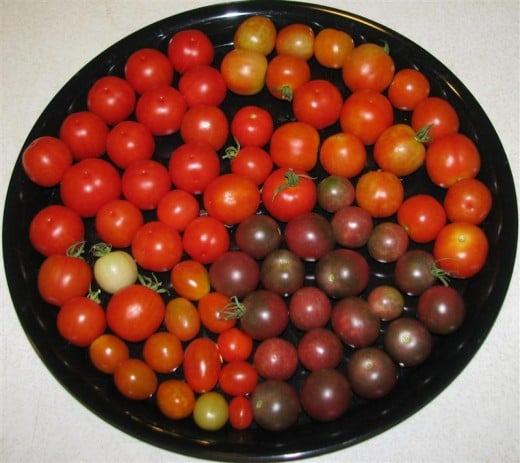
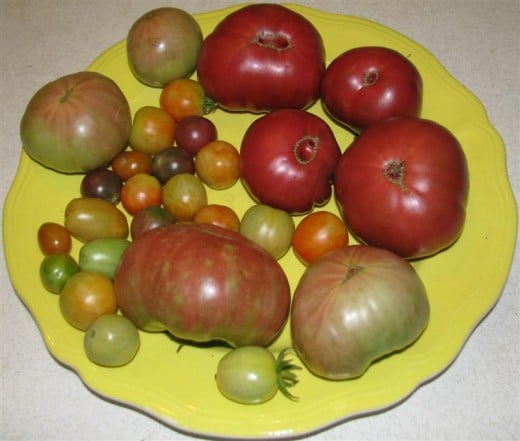
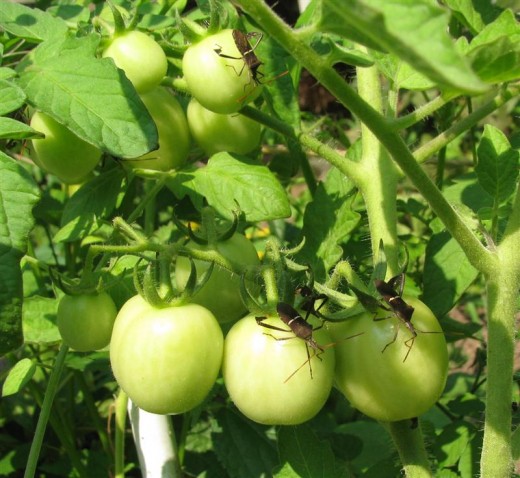
Tomato Harvest
The tomatoes that my friend and I started from seed back in January are bearing now.
We are using organic techniques which means no pesticides and using only organic fertilizer like chicken manure.
In the black tray are Large Cherry, Chocolate Cherry and a couple of kinds of grape tomatoes, including Jelly Bean and Juliet. The cherry and grape tomatoes are great to just pop in your mouth or in salads. I also quarter them and throw them into ratatouille.
In the yellow tray are the Black Krims that my friend started and some more cherry and grape tomatoes.
The tomatoes look great, but I am picking them as soon as I see a hint of color and letting them ripen in trays on the counter.
This prevents the birds from pecking holes in them and also from the da!! squash bugs from sucking on them.
I am at war with the squash bugs and I grab them and squish them 2-3 at a time. You can see the pesky critters on the green cherry tomatoes.
I'm getting the upper hand, but may have to get out the spray bottle with dish washing detergent and water if I see too many in the next few days.
I use organic insect sprays
Gardening Links
- Planting Seeds 2011 Garden Journal part1
This is the first year in a while that I will have time to plant a vegetable and herb garden. As with most of my gardening endeavors, I will use sustainable and organic techniques. I am going to do my best... - Butternut Squash
Butternut Squash is our favorite winter squash. It is easy to grow in the home garden and can even be grown in containers.We enjoy it baked and in recipes from sweets to soup. In fact, it can be used in just about any recipe that calls for pumpkin. L - Herb Gardening Tips on Twitter
Fresh culinary herbs add so much flavor to foods, but they can be quite expensive in the grocery and there is always the question of what chemicals were used in growing them. The solution to this dilemma is to grow your own.Twitter is a buzz with inf - Planting an Herb Garden
I love to cook, and nothing adds more flavor to a good meal like fresh herbs. Instead of spending outrageous prices at the grocery store, and having a limited selection, why not grow your own? It's actually...
© 2011 Yvonne L. B.





